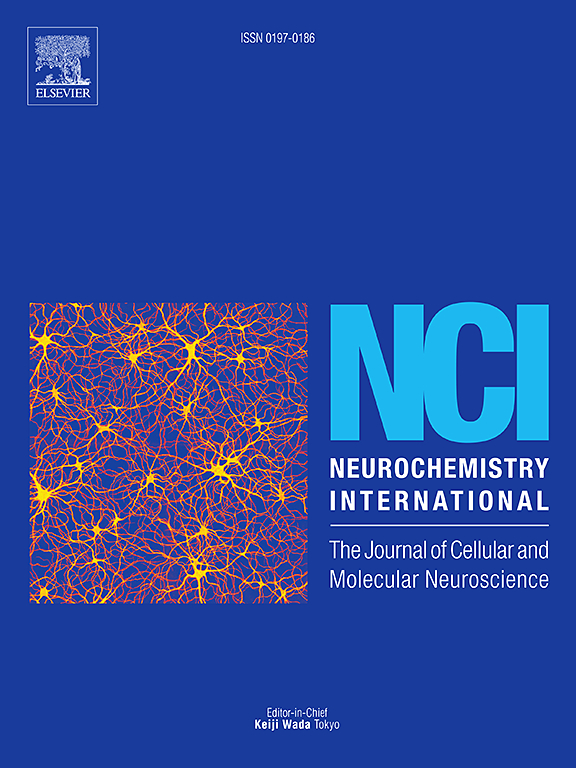高级别胶质瘤中巨噬细胞/小胶质细胞和其他细胞类型标记物的地形学研究。
IF 4
3区 医学
Q2 BIOCHEMISTRY & MOLECULAR BIOLOGY
引用次数: 0
摘要
在胶质母细胞瘤中,胶质瘤相关的小胶质细胞/巨噬细胞(GAMs)代表了肿瘤浸润细胞的主要群体,占肿瘤肿块细胞的一半。最近的研究表明,小胶质细胞参与维持免疫稳态和防止自身免疫。然而,尽管关于这个话题的证据越来越多,但许多方面仍有待澄清。在我们的研究中,关于GBM患者的小胶质/巨噬细胞相关和其他细胞类型的标志物出现了3种不同的情况:i)大多数标志物(IBA1, TMEM119, CD206和CD86)从肿瘤中心到非肿瘤/健康脑区呈上升梯度;ii)一个标记物(CD204)呈下降梯度,从肿瘤中心到非肿瘤/健康脑区;iii)两种标记(CD163和P2RY12)无梯度。这些观察结果支持了这样一种观点,即转移炎症的程度是“广泛的”而不是“局部的”现象,这可能在疾病抵抗和复发中发挥作用。本文章由计算机程序翻译,如有差异,请以英文原文为准。
A topographic approach to the markers of macrophage/microglia and other cell types in high grade glioma
In glioblastoma, glioma-associated microglia/macrophages (GAMs) represent the major population of tumor infiltrating cells, with up to one half of the cells of the tumor mass. Recent studies have shown that microglia are involved in the maintenance of immunological homeostasis and protection against autoimmunity. However, despite the growing body of evidence on the topic, many aspects are yet to be clarified. In our study, 3 different situations emerged concerning the markers of microglial/macrophage-related and other cell types in GBM patients: i) most of the markers (IBA1, TMEM119, CD206 and CD86) show an ascending gradient from the tumor center to the non-tumor/healthy area of the brain; ii) one marker (CD204) shows a descending gradient, going from the center of the tumor to the non-tumor/healthy brain area; iii) two markers (CD163 and P2RY12) show no gradient. These observations support the idea that the magnitude of the diverted inflammation is a ‘extensive’ rather than a ‘local’ phenomenon and that could possibly play a role in disease resistance and relapse.
求助全文
通过发布文献求助,成功后即可免费获取论文全文。
去求助
来源期刊

Neurochemistry international
医学-神经科学
CiteScore
8.40
自引率
2.40%
发文量
128
审稿时长
37 days
期刊介绍:
Neurochemistry International is devoted to the rapid publication of outstanding original articles and timely reviews in neurochemistry. Manuscripts on a broad range of topics will be considered, including molecular and cellular neurochemistry, neuropharmacology and genetic aspects of CNS function, neuroimmunology, metabolism as well as the neurochemistry of neurological and psychiatric disorders of the CNS.
 求助内容:
求助内容: 应助结果提醒方式:
应助结果提醒方式:


